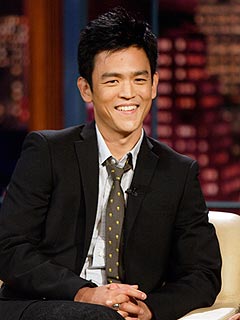
Kosuke Okahara for The New York Times
Yuichiro Sugahara, whose company delivers bento lunchboxes, mostly through fax orders.
TOKYO — Japan is renowned for its robots and bullet trains, and has some of the world’s fastest broadband networks. But it also remains firmly wedded to a pre-Internet technology — the fax machine — that in most other developed nations has joined answering machines, eight-tracks and cassette tapes in the dustbin of outmoded technologies.
Last year alone, Japanese households bought 1.7 million of the old-style fax machines, which print documents on slick, glossy paper spooled in the back. In the United States, the device has become such an artifact that the Smithsonian is adding two machines to its collection, technology historians said.
“The fax was such a success here that it has proven hard to replace,” said Kenichi Shibata, a manager at NTT Communications, which led development of the technology in the 1970s. “It has grown unusually deep roots into Japanese society.”
The Japanese government’s Cabinet Office says that almost 100 percent of business offices and 45 percent of private homes had a fax machine as of 2011.
Yuichiro Sugahara learned the hard way about his country’s deep attachment to the fax machine, which the nation popularized in the 1980s. A decade ago, he tried to modernize his family-run company, which delivers traditional bento lunchboxes, by taking orders online. Sales quickly plummeted.
Today, his company, Tamagoya, is thriving with the hiss and beep of thousands of orders pouring in every morning, most by fax, many with minutely detailed handwritten requests like “go light on the batter in the fried chicken” or “add an extra hard-boiled egg.”
“There is still something in Japanese culture that demands the warm, personal feelings that you get with a handwritten fax,” said Mr. Sugahara, 43.
Japan’s reluctance to give up its fax machines offers a revealing glimpse into an aging nation that can often seem quietly determined to stick to its tried-and-true ways, even if the rest of the world seems to be passing it rapidly by. The fax addiction helps explain why Japan, which once revolutionized consumer electronics with its hand-held calculators, Walkmans and, yes, fax machines, has become a latecomer in the digital age, and has allowed itself to fall behind nimbler competitors like South Korea and China.
“Japan has this Galápagos effect of holding on to some things they’re comfortable with,” said Jonathan Coopersmith, a technology historian who is writing a book on the machine’s rise and fall. “Elsewhere, the fax has gone the way of the dodo.”
In Japan, with the exception of the savviest Internet start-ups or internationally minded manufacturers, the fax remains an essential tool for doing business. Experts say government offices prefer faxes because they generate paperwork onto which bureaucrats can affix their stamps of approval, called hanko. Many companies say they still rely on faxes to create a paper trail of orders and shipments not left by ephemeral e-mail. Banks rely on faxes because, they say, customers are worried about the safety of their personal information on the Internet.
Even Japan’s largest yakuza crime syndicate, the Kobe-based Yamaguchi-gumi, has used faxes to send notifications of expulsion to members, the police say.
After the deadly earthquake and tsunami in northeastern Japan in 2011, there was a small boom in fax sales to replace machines that had been washed away. One of the hottest sellers is a model that is powered by batteries so it will keep working during power failures caused by natural disasters.
At Tamagoya, Mr. Sugahara has turned his company’s reliance on the fax and standard telephones into an art form. Every morning, orders for about 62,000 lunches pour in, about half by fax. Most of those lunches are cooked and put onto trucks even before the last order is taken. A small army of 100 fax and telephone operators carefully coordinate deliveries, and fewer than 60 lunches — or 0.1 percent — are wasted.










